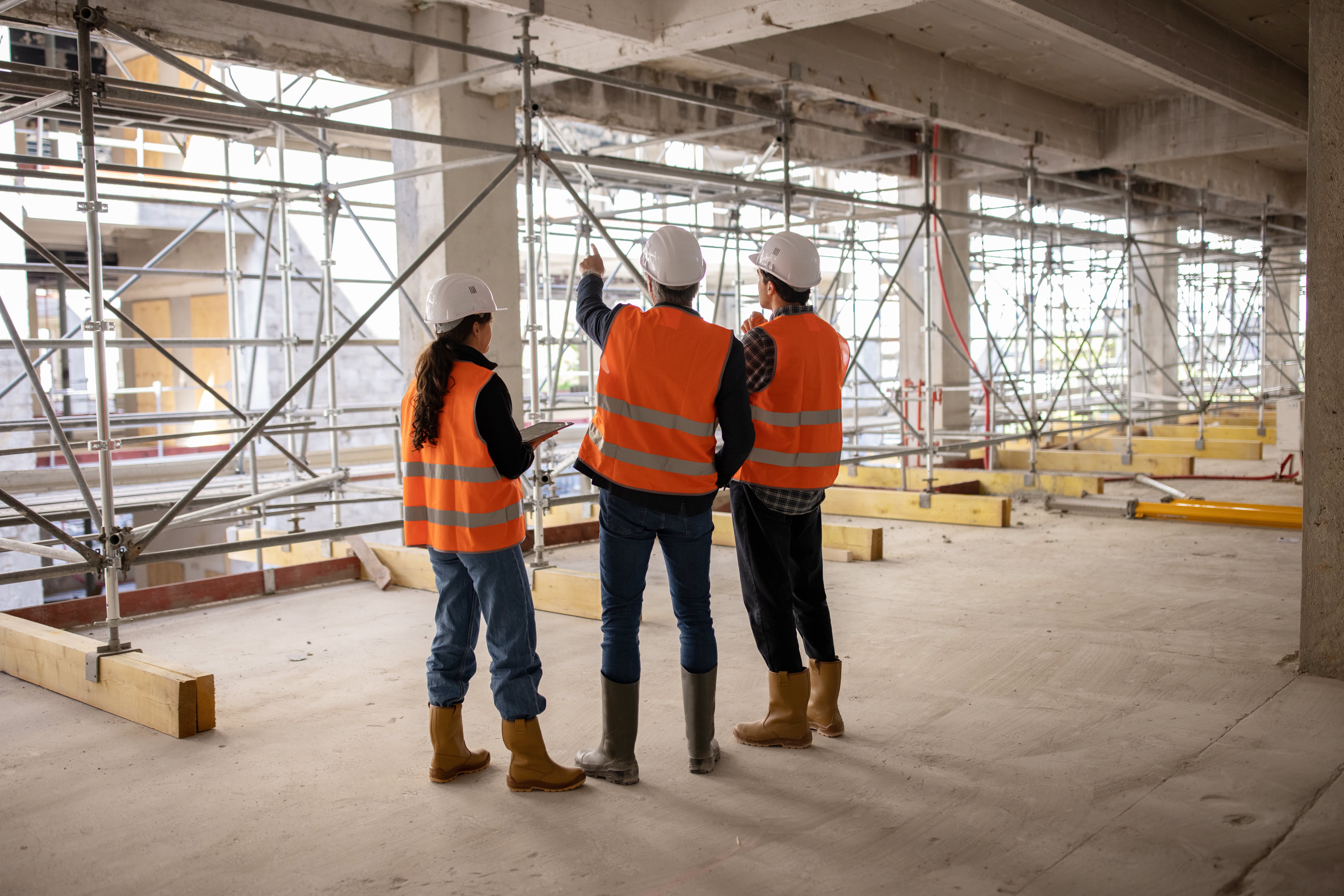Technology in modern architecture: Innovations and trends
Though the construction sector initially resisted digital adoption, those trends have shifted. Builders need reliable technology on the construction site to ensure reliable access to digital schematics, boost productivity, and more.
Architecture has changed almost inconceivably in the last fifty years, with each new decade bringing new architectural trends and architects with very different visions of the world around them. As companies look to hire architects, technology is playing a more critical role than ever before in each phase of an architectural project.
But how are the phases of an architectural project affected by new technology? Which innovations are ‘breaking ground,’ so to speak, and what trends are popping up in the architectural universe because of access to new tech?
What are the phases of an architectural project?
In the realm of architecture, technology has revolutionized the traditional phases of a project. From schematic design to construction administration, architects are now utilizing cutting-edge technologies.
These technologies provide clients with real-time visualizations, streamline communication with construction companies, and allow for faster troubleshooting of issues than ever before. Here are the five main phases of an architectural project and how technology has impacted them.
1. Schematic design
The first stage of any architectural project usually follows research and planning. Architects meet with the client and do a preliminary drawing of the architectural detailing design, providing sketches and models at each meeting.
The newest innovation in schematic design involves using cloud computing power, 3D printing, and robotics. During the schematic design phase, the newest innovation has enabled 3-D renderings of initial designs. However, these renderings also use ‘generative design,’ an adaptive design software that allows the architect to give their clients material options they can view in real-time.
2. Design development
During this project phase, the architect and client work together to decide on materials for the project. This includes structural materials like masonry and pre-fabricated materials like windows, doors, handles, staircases, and flooring.
During the design development phase, architects now use cutting-edge technologies like touchscreen tablets and tabletop computers that work seamlessly with Building Information Modeling (BIM) software.
This powerful combination allows for real-time 3D modeling of different materials, giving clients an instant visualization of what their project would look like with specific materials.
3. Construction documents
During the construction documentation phase, civil engineers and architects collaborate to create detailed designs for all aspects of the building. Combined with virtual and augmented reality, BIM software allows architects and engineers to provide clients with a 3-D rendering of each room and part of the building.
With the help of touchscreen technology, architects can quickly make changes and test specific ideas in real time. The latest innovations in VR technology allow clients to see the impacts of these changes and make informed decisions on the spot.
4. Bidding
The architect’s role in this stage is minimal though important. They will help draw up a list of qualified contractors and review any bids with the owner. Architects can use video chatting technology to meet virtually with any prospective construction company, streamlining the review process.
5. Construction administration
Another minimal role in the project’s construction will be the architect periodically visiting the site to ensure the construction company follows its brief. However, they will not oversee the construction. They’ll be available to answer any construction company questions concerning materials and troubleshoot architectural problems during construction.
A fantastic utility of BIM software enables construction companies and architects to make changes in virtual reality spaces and see changes in real time. It allows the construction project to flow steadily as problems are fixed more quickly rather than bogging it down because of in-person meetings.
What are upcoming architectural technology trends?
As the field of architecture continues to evolve, innovative technologies like generative design, virtual and augmented reality, and robotic bricklaying are poised to revolutionize the industry while potentially reducing architect costs. These cutting-edge tools allow architects and construction companies to streamline workflow, improve client communication, and speed up construction.
Generative design
Generative design is revolutionizing architecture, providing 3-D visualizations of concepts enhanced with virtual and augmented reality, allowing clients to experience virtual mock-ups of designs before the construction phase begins.
Robotic bricklaying
Robotic bricklaying is revolutionizing construction by laying bricks in faster and more complex patterns than humans. Interface technology will be integrated as plugins to existing architectural design software.
The world of architecture has always been in a state of evolution and flux. The latest technological trends allow architects to work faster and more precisely and give their clients a greater insight into what the finished project will look like before moving beyond the design stage into construction.
This article was written by Luke Fitzpatrick from TechBullion and was legally licensed through the Industry Dive Content Marketplace. Please direct all licensing questions to legal@industrydive.com.
![]()


